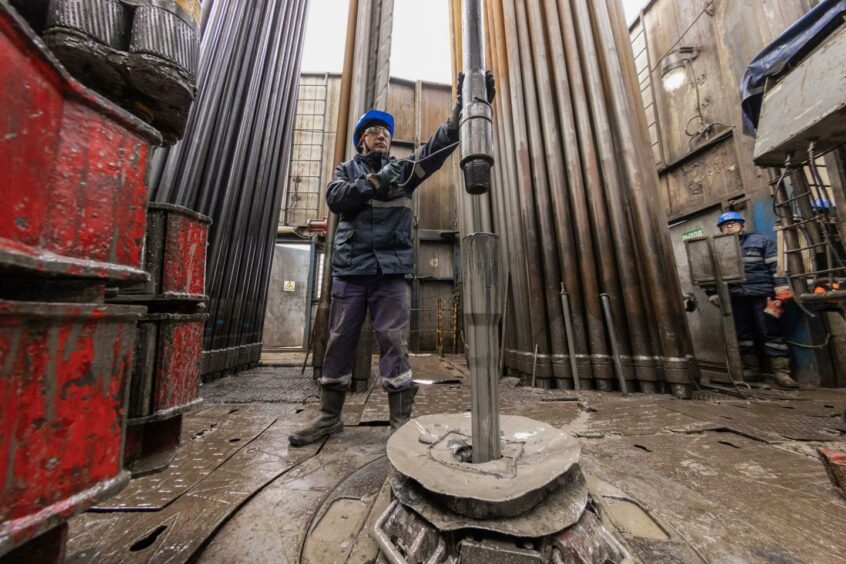
About 650,000 barrels per day (b/d) of Russian crude oil are to be relocated from advanced economies, and the solution could be ‘crude swapping’, says Wood Mackenzie. Significantly, Russia’s key market China not shoring up large volumes yet.
Following US sanctions on Russian crude oil, European companies have also begun ‘self-sanctioning’ with up to 1.2 million b/d of Urals crude displaced as a result. Similar actions in Japan and South Korea resulted in sharp declines in ESPO weekly export volumes in the week ending March 25th, but export volumes recovered for the week ending April 1st, reported Wood Mac.
Managing consultant Alex Sun said: “Global crude oil trade will rebalance by ‘crude swapping’ between ‘self-sanctioning’ advanced economies and developing markets.
“We estimate advanced economies such as the EU, Japan and South Korea could ‘swap’ about 650,000 b/d of Russian crude oil – 400,000 b/d of Urals, 170,000 b/d of ESPO and 80,000 b/d of East Russian lights – with similar grades and volumes predominantly from the Middle East procured by China and India. This reshuffling is attractive at current Urals discounts but in the near term, refiners face challenges with contractual obligations with Middle Eastern producers.”
China is a key market for Russian crude exports particularly medium grades such as ESPO and Urals. The former is favoured by both state-owned enterprises and private refineries, due to pipeline connection and proximity for waterborne delivery. Urals have similar quality to Middle Eastern crude, which Chinese refineries process in large volumes. Additionally, Urals’ steep discount creates an opportunity for China to fill its declining strategic reserves.
Sun said: “The Russia-Ukraine conflict has made Russian grades commercially attractive, but as we have observed in recent weeks, auctions have been cancelled due to few participations. Also, we did not see China take up European Urals cargoes. Even for eastern grades, a number of transactions have now gone private.”
Despite being a key market for Russian crude oil, China has not been buying Urals in large quantities since the invasion started. Firstly, it takes double the time to ship Urals compared to Middle Eastern crudes. Also, China’s refiners have existing long-term contracts with many Middle East suppliers. Finally, sanctions made crude freight expensive along with challenges around payment methods and insurance.
Together, China and India process about 5 million b/d of Middle East medium grades, similar in quality to Russian Urals, on long-term contracts. Both markets would need to displace crude imports from Africa and the US to accommodate increase in Russian volumes. A 10% contractual flexibility could create space for 500,000 b/d of Russian crude into China and India. But there remains about 150,000 b/d of Urals and East Russian oil that need to be relocated to other markets in Asia, said Wood Mac.